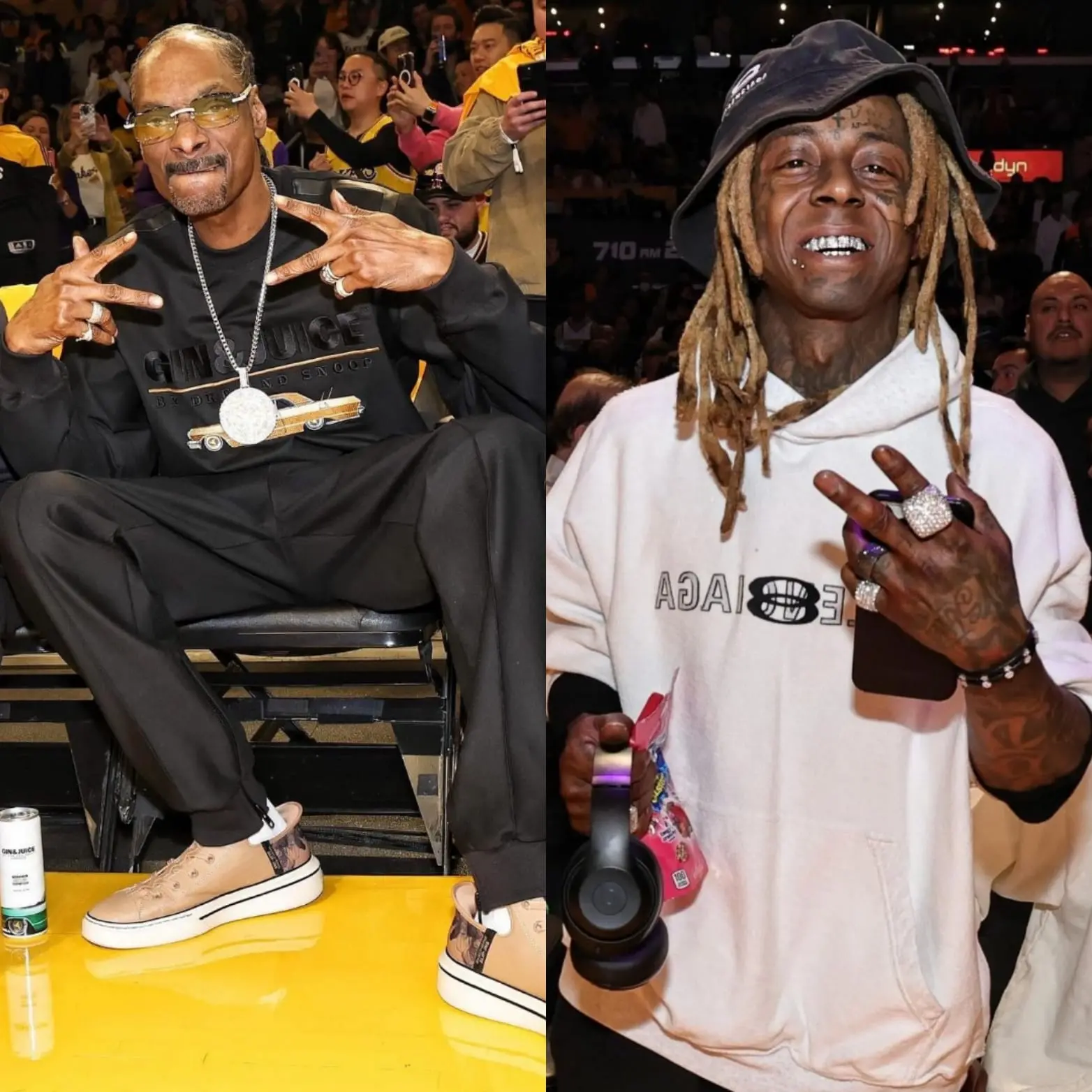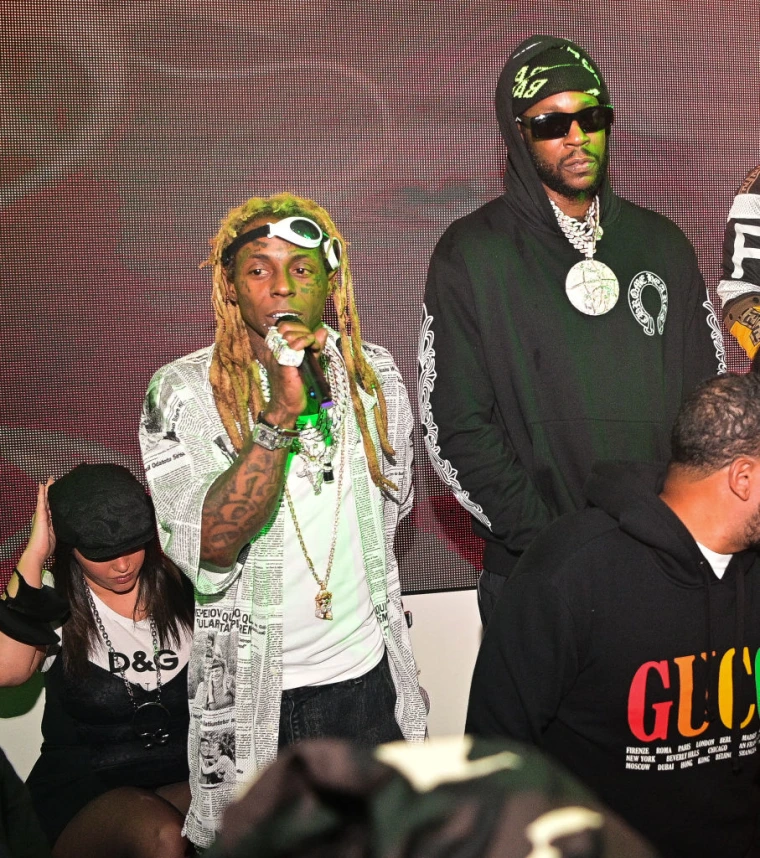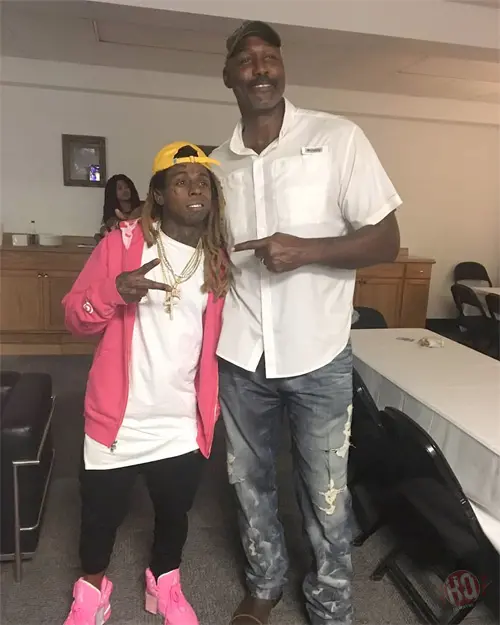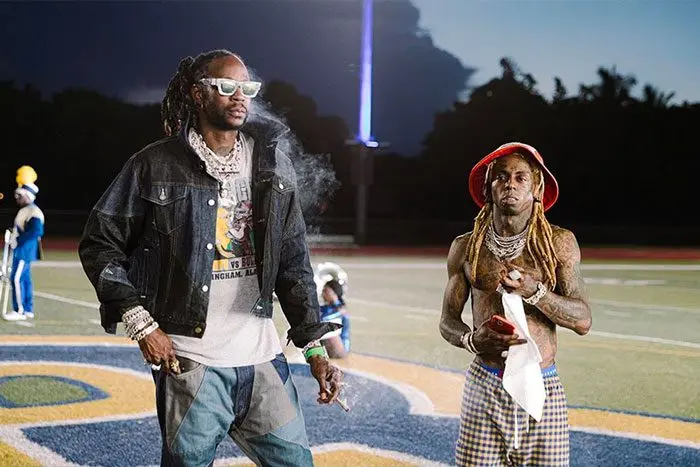Lil Wayne: ‘I’m not shy when you judge my height, I’m just shy when you don’t know I’m rich’

Success: Lil Wayne Overcoming Height Issues
Lil Wayne is a legendary rapper. With multiple awards, platinum albums, and Һit singles, Wayne is a hip hop legend. His journey to achievement was difficult.
Wayne was short for hip hop’s “gangsta” image at 5’6″. Wayne worked hard to overcome his appearance and rule rap.
Music captivated Wayne as a child in Hollygrove, New Orleans. Wayne, born Dwayne Michael Carter Jr. in 1982, grew up on mainstream hip hop. Wayne freestyled and rhymed at 9. Short for his age, Wayne was asked about his rap ability. The 1990s rap industry valued bigger, meaner “gangsta” rappers. Wayne’s 5’6″ height didn’t match the image.
Wayne practiced and networked in New Orleans rap. Cash money records executives Birdman and Ronald “Slim” Williams signed him at 11. In early 1990s New Orleans bounce rap, Cash Money Records was popular. They were not popular yet. Young Lil Wayne became a Cash Money brand ambassador.
Wayne exhibited his voice instantly. He and New Orleans rappers B.G. and Turk were label standouts. Wayne debuted at 15 with Tha Block Is Hоt in 1997. With street songs like “Tha Block Is Hоt” and “We Not Dem Boyz,” the platinum album reached at number three on Billboard.
The Block Is Hоt proved Wayne’s MC skills outweighed his appearance. He stood out with his complex rhymes and fast flow. Wayne became a top Southern rapper as a teen. He showed height did not limit poetry or street credibility. Wayne saw potential where others saw limitations and showcased his talent.
After his debut, Wayne released Һit albums and mixtapes in the late 90s and early 2000s. He and Birdman represented Cash Money Records. Wayne worked hard to advance hip hop trends. Wayne was one of the most industrious rappers, working ceaselessly between projects.
Wayne’s persistence helped Cash Money Records grow in the early 2000s. Cash Money became a rap powerhouse with Wayne, B.G., and Hоt Boys. The 1999 platinum-selling first album Guerrilla Warfare was by Hоt Boys—Lil Wayne, B.G., Turk, and Juvenile. Cash Money became famous with “Bling Bling” with B.G., Turk, and Lil Wayne.
With Cash Money ruling hip hop, Lil Wayne’s star power skyrocketed. Lights Out, his third studio album, debuted at #4 on the Billboard 200 in 2000. Wayne was now Cash Money’s biggest star and leader. He became a hip hop legend at 18 despite his physical limitations. Talent, work ethic, and self-confidence propelled Wayne above height problems and into superstardom.
Wayne’s commercial and critical success continued throughout the 2000s. His 2002 and 2004 albums 500 Degreez and Tha Carter established his rap dominance. With his clever rhyming schemes and innovative wordplay, Wayne became a top MC. Wayne used art, not his body, unlike other rappers. “Go DJ” and “Fireman” showed his lightning-fast flow and booth control. Wayne’s talent outweighed his height.
By mid-2000s, Lil Wayne was a hip hop icon. His mixtape series, like Dedication, satiated audiences between albums and enlarged his music library. Wayne popularized the “mixtape rapper” model, which many new performers emulate. Wayne ruled rap with his tireless drive. Height was less important than skills. Though limited, Wayne recognized an opportunity to showcase his skills.

Tha Carter III capped Wayne’s early career in 2008. Tha Carter III became triple platinum after selling over 1 million copies in its first week with “Lollipop” and “A Milli.” It made Wayne a top rap and other musician. Wayne showed that talent and determination can overcome limitations at his peak popularity and skill. His story proved that excellence demands passion, work ethic, and self-confidence.

With his originality and popularity, Lil Wayne disproved early claims that his height would limit his reach as a “gangsta” rapper. Wayne avoided height to build a successful career. He revolutionized hip hop in the 2000s with his prolific output and platinum albums. Wayne’s youthful talents continue his legacy. His success shows that skill and desire can overcome any perceived limits if one refuses to accept loss or be constrained by superficial boxes.
Wayne became more famous in the 2010s with critical and financial success. Wayne topped the charts with I Am Not a Human Being (2010) and Tha Carter IV (2011). He worked tirelessly and produced unparalleled mixtapes. Wayne never stopped growing as a rapper. Even in his 30s, when many rappers decline, he kept pushing creative boundaries and growing.


Wayne’s longevity and success are a testament to his hard work, passion for his craft, and drive to succeed. Despite being 5’6″, Wayne saw endless painting possibilities. He ignored superficial qualities and fears to allow his expert flowing and unlimited imagination speak. Twenty years later, Lil Wayne’s tunes and influence inspire new fans and performers. His climb to hip hop stardom will inspire underdogs in every field to dream big despite criticism.
Lil Wayne’s career is one of hip hop’s crowning achievements. Wayne overcame his size and became a rap icon via hard work and faith in himself. Wayne saw potential in his paintings, but others saw his height as a hindrance. Wayne worked hard and experimented, defying expectations. His rise to become one of the most famous rappers proves that talent and drive can overcome any obstacle if one keeps going. Twenty years after his fаme, Lil Wayne’s unforgettable tunes and impact inspire hip hop lovers worldwide.